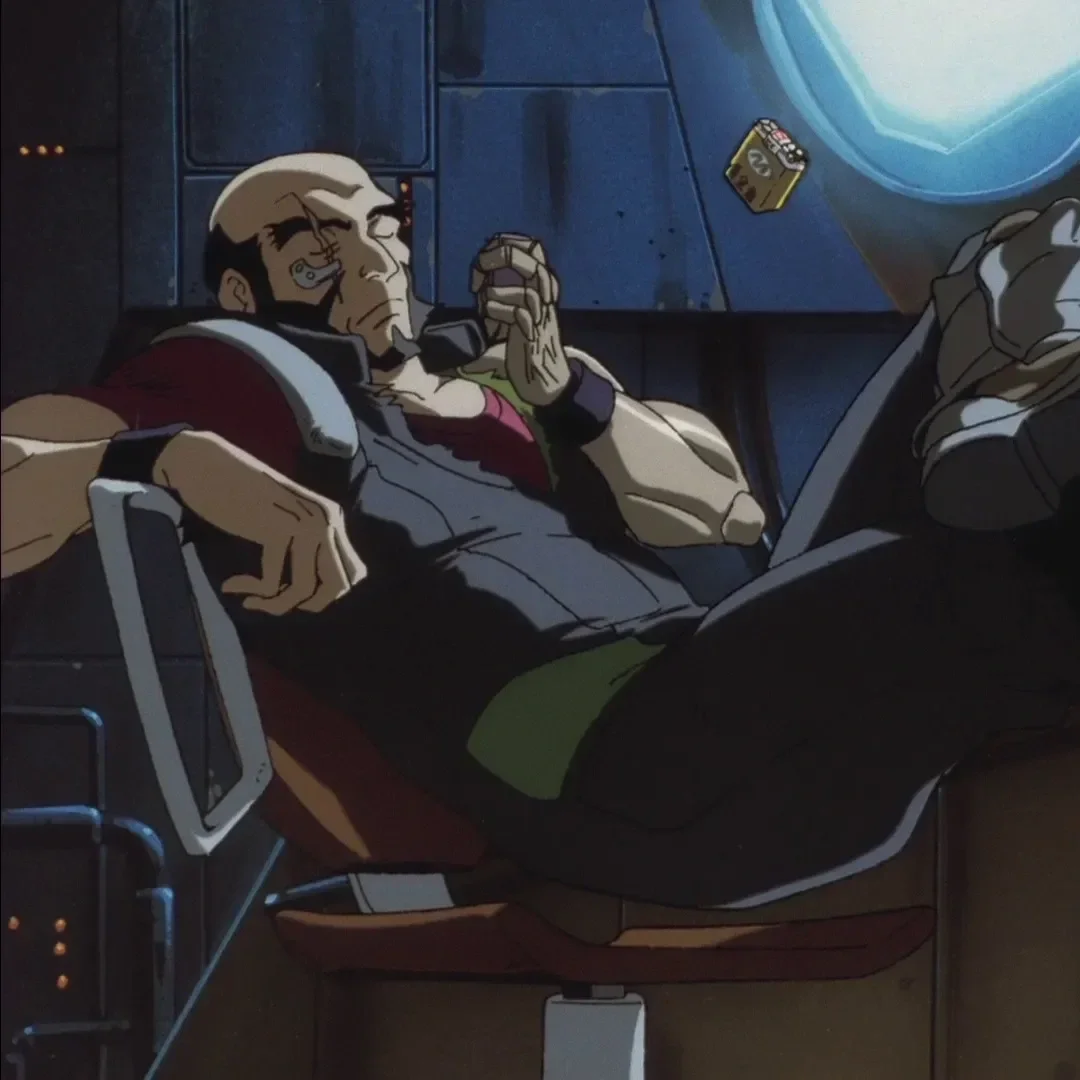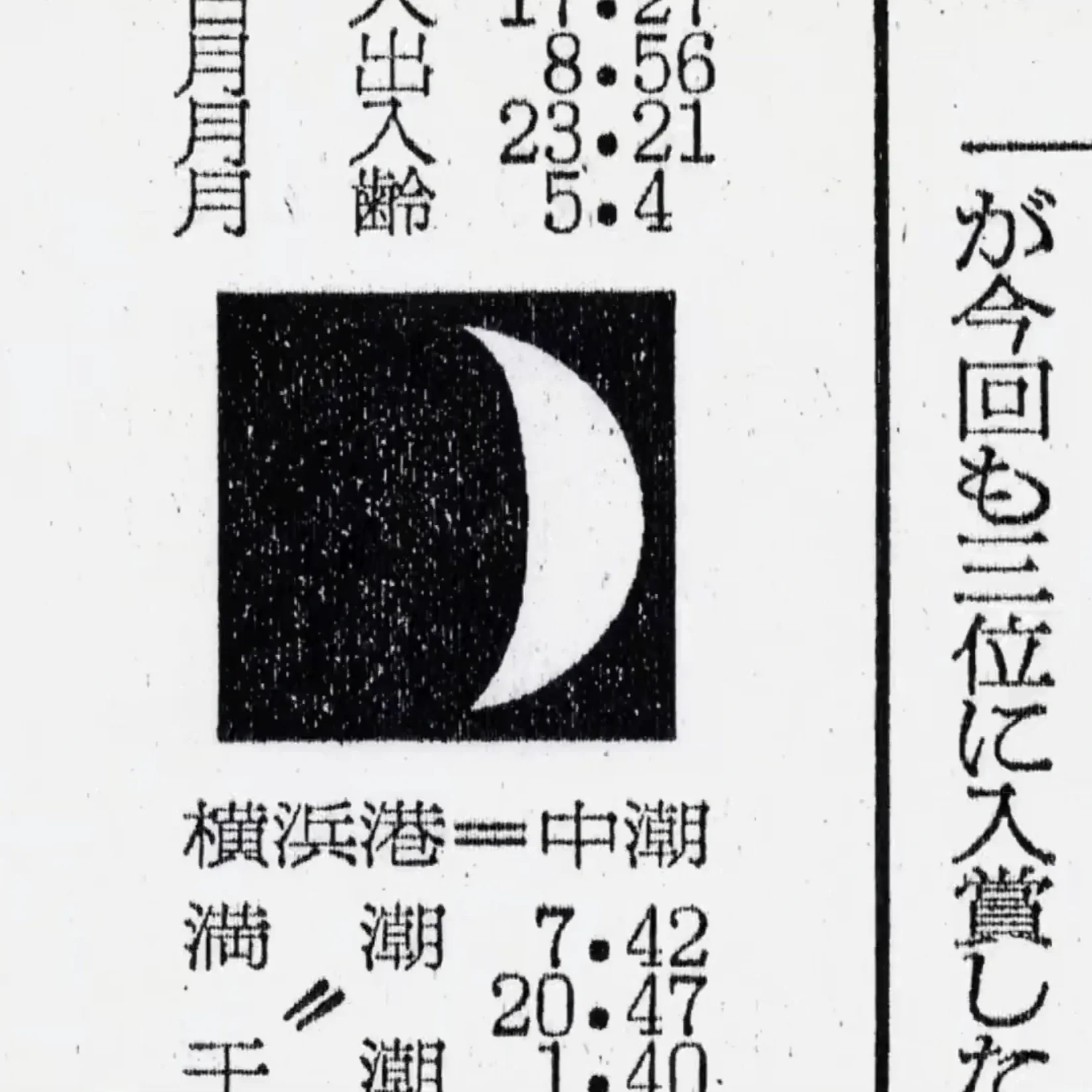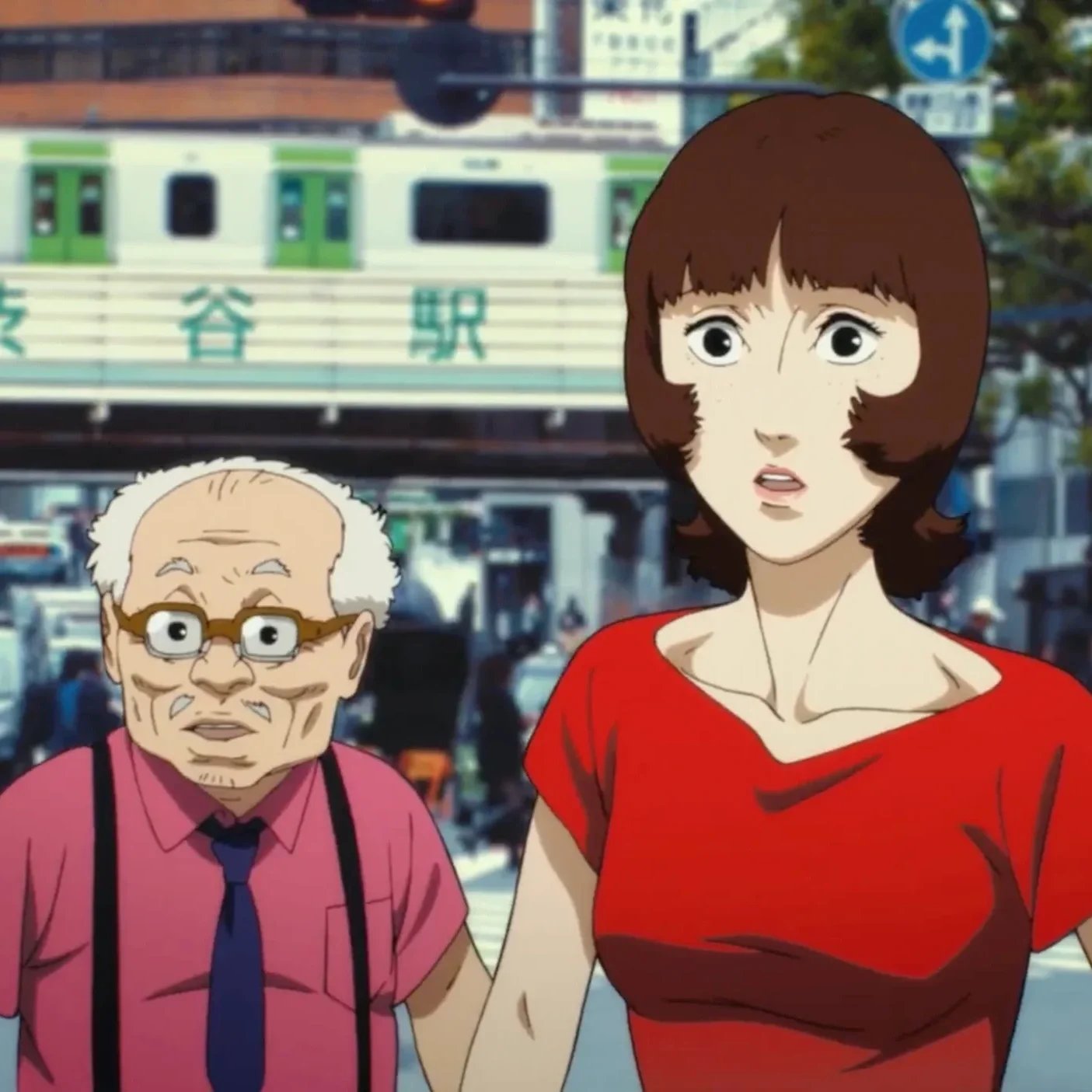1-Bit Nostalgia - Super Kaylo Demakes Pop Culture Classics
Who isn't immune to the cozy lo-fi atmospheres brought forth by pixel art? But nothing goes back to the roots of digital animation and pixel art like the 1-bit demakes by Super Kaylo, a pixel artist and animator from the UK.
Super Kaylo specializes in creating pixel art using a limited 1-bit color palette and compact canvas sizes. Influenced by the nostalgia of growing up in the 90s/00s, the work of Super Kaylo often revolves around references to pop culture and video games from that era.
Yokogao had a chat with the remarkable artist.
How did your passion for pixels and 1-bit art start?
My fascination with pixels started when I first turned on my original Game Boy. Witnessing entire worlds and characters come to life through tiny squares was mind blowing, I had ever seen anything like it before and I became obsessed. From battling alongside Samus Aran to rescuing Princess Daisy with Mario, each pixelated journey held me spellbound. The intricate details crafted within such a confined space and restricted color palette left an indelible mark on me.
For us pixel art noobs, can you tell us more about your process and how time-intensive it is to create your art?
I am still learning and improving my skill set, so I thought I would study under the best and favorite anime directors of mine, such as Mamoru Oshii and Katsuhiro Otomo. I start by watching and rewatching scenes from films over and over again so I can understand the movement.
It takes a long time for me to animate, I draw each individual frame by hand and about 12 frames per second (sometimes 24). So something in only 10 seconds can be up to 240 individual drawings. I use various different animation techniques, predominantly frame-by-frame or traditional animation. But also, to understand movement, I use Keyframe 2D animation and rotoscoping.
I start with drawing a key frame directly referenced from a film I am looking to recreate, looking at the start point of any movements, such as a raised arm. Then I draw the last frame in that movement and build the in-between frames. They are not perfect and no do match up exactly, so I utilize a lot of tricks to smooth out the animation. Such as creating a dithering pattern that flows over frames to create an illusion of fluidity, and using other items to cover up some really dodgy animations, such as smoke.
You never use colors apart from the retro green-brown combo. Do you think you’ll ever add color to your scenes?
I have used different colors in the past, but I always come back to my green-brown ones. I love the limitations of working in 1-bit pixel art style, making different tones and shading by using dithering patterns is so satisfying for me. I chose my signature colors because they invoke the classic Game Boy colors, but they are more muted, boring and ugly if they are their own. The constraints of working with such limited resources foster creativity, as seen with indie developers for the console Playdate, serving as massive inspiration for me.
Have you thought of producing a Super Kaylo exclusive 1-bit world with your own characters and storyline?
I have got some projects I am working on at the moment. I’m working on my own concept, but most of my energy and effort is working on an original fan adaptation animation of one of my favorite Junji Ito stories. U am huge fan of his macabre, and I feel that 1-bit animation art is a great way to bring the work to life. I’m very excited and i can’t wait to show everyone. But the way I animate takes so much time, it won't be coming out anytime soon.
Lastly, what is your all-time favorite retro game?
The Legend of Zelda : Link’s Awakening. It holds a special place for me for many personal reasons, but it’s also just an amazing game.
Be sure to check out more of Super Kaylo’s work on Instagram.











Experience Tokyo's hidden alleys transformed into mesmerizing 3D landscapes.